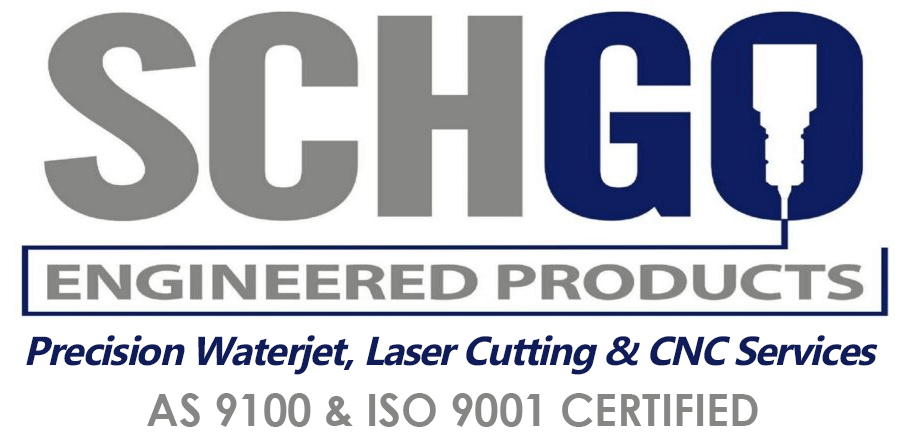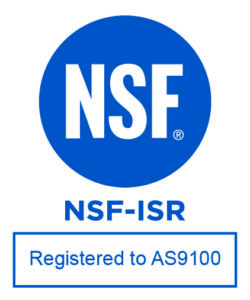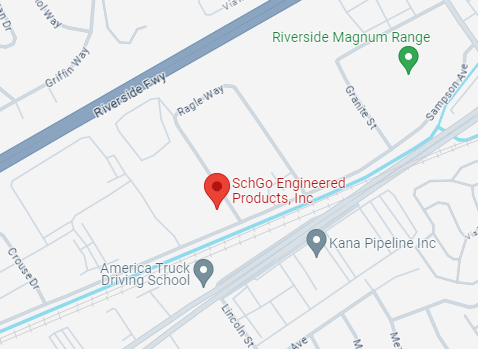Achieving the desired surface finish is essential in laser cutting applications, as it directly impacts the quality and appearance of the final product. To ensure optimal results, it’s crucial to implement strategies that optimize surface finish during the laser cutting process. Let’s delve into key techniques and considerations for achieving the best surface finish in laser cutting applications.
- Selecting the Right Laser Parameters: The choice of laser parameters, including power, speed, and focal length, significantly influences surface finish in laser cutting. Fine-tuning these parameters according to the material type and thickness helps achieve precise and clean cuts while minimizing heat-affected zones and undesirable surface imperfections.
- Utilizing Assist Gases: Assist gases, such as oxygen, nitrogen, and air, play a vital role in laser cutting by assisting in material removal and preventing oxidation during the cutting process. By selecting the appropriate assist gas and controlling its flow rate, you can optimize surface finish and minimize the occurrence of burrs, dross, and other defects.
- Implementing Beam Delivery Systems: The design and configuration of beam delivery systems, including focusing lenses and nozzle designs, impact the distribution and intensity of the laser beam. Optimal beam delivery systems help maintain consistent cutting quality and achieve smoother surface finishes across various material types and thicknesses.
- Material Preparation and Handling: Proper material preparation and handling practices are essential for achieving optimal surface finish in laser cutting applications. Ensuring the cleanliness and flatness of the material surface, as well as securing the material firmly in place during cutting, helps minimize vibrations, distortions, and surface irregularities.
- Post-Processing Techniques: In some cases, post-processing techniques may be necessary to further improve surface finish after laser cutting. These techniques may include deburring, sanding, polishing, or chemical treatments to remove any residual burrs, oxide layers, or roughness and enhance the aesthetic and functional properties of the cut edges.
Optimizing surface finish in laser cutting applications requires careful consideration of various factors, including laser parameters, assist gases, beam delivery systems, material preparation, and post-processing techniques. By implementing effective strategies and techniques, you can achieve the desired surface finish while maintaining cutting precision and efficiency. At SchGo Engineered Products, we’re dedicated to helping you optimize your laser cutting processes and achieve superior results.



